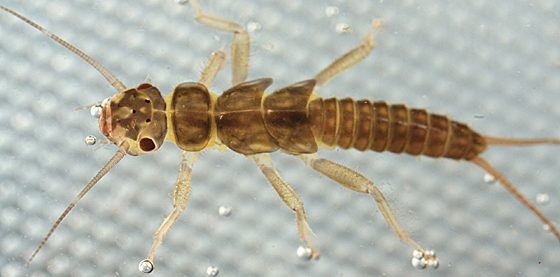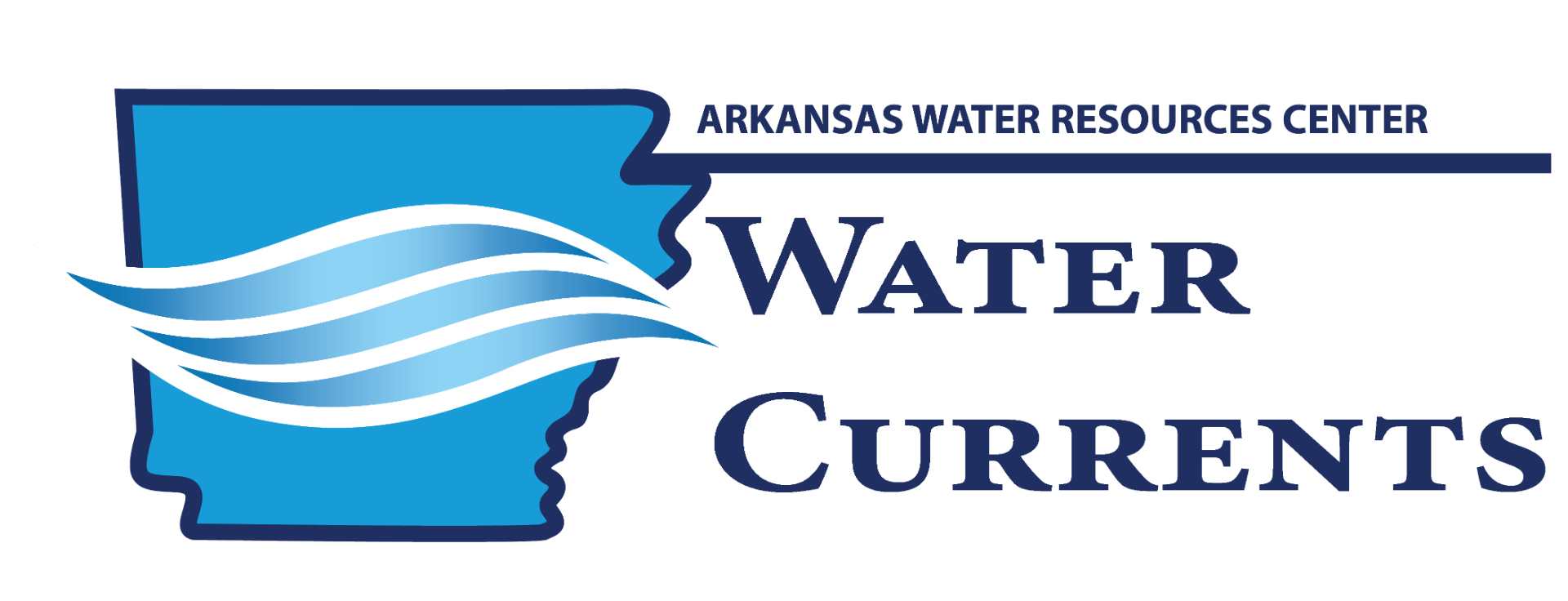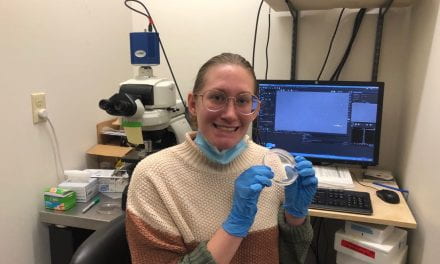
Researchers Find that Added Salts Affect Stream Organisms

Salt is increasing in some Arkansas streams and rivers, and it comes from a variety of sources like pasture and urban land use, wastewater treatment plants, and even the natural weathering of rocks.
Many waterways in Arkansas have low salt concentrations, but even a small increase in salts might affect the organisms that inhabit those pristine waters.
Researchers Drs. Sally Entrekin with the University of Central Arkansas, Natalie Clay with Louisiana Tech University, and Michelle Evans-White with the University of Arkansas, and graduate student Brooke Howard Parker of the University of Arkansas wanted to know if small increases in salt concentrations in relatively pristine waters might affect microbial and macroinvertebrate decomposition of leaves.
The researchers collected stream water from a relatively pristine stream with low salt concentrations. They added salt – sodium chloride (NaCl, a.k.a. table salt) or sodium bicarbonate (NaHCO3) – to the water in large beakers in the lab. Then they put leaves and aquatic insects in the beakers to see how they’d respond.
Their study found that low levels of added salts changed the quality of the leaves, and the way that organisms broke down or consumed leaves.
In pristine streams of Arkansas with naturally low levels of salts, organisms are adapted to that environment. But, some of these organisms could become stressed with increasing amounts of salts. This might allow other organisms adapted to saltier water to move in, changing the types of organisms that live there.
This material is based upon work supported by the U.S. Geological Survey under grant agreement No. G11AP20066 and administered by the Arkansas Water Resources Center. The views and conclusions contained in this document are those of the authors and should not be interpreted as representing the opinions or policies of the U.S. Geological Survey.














